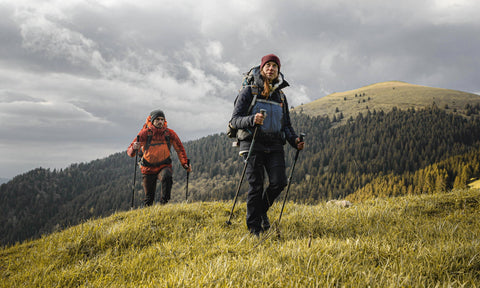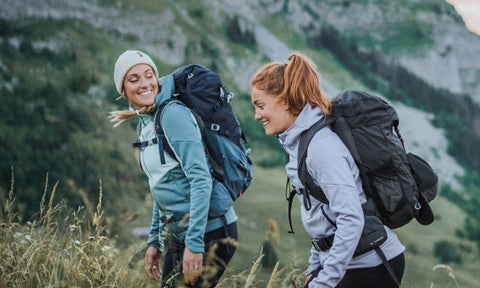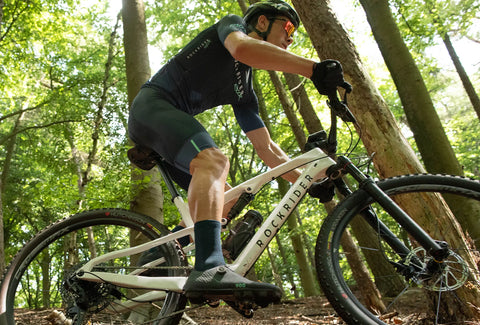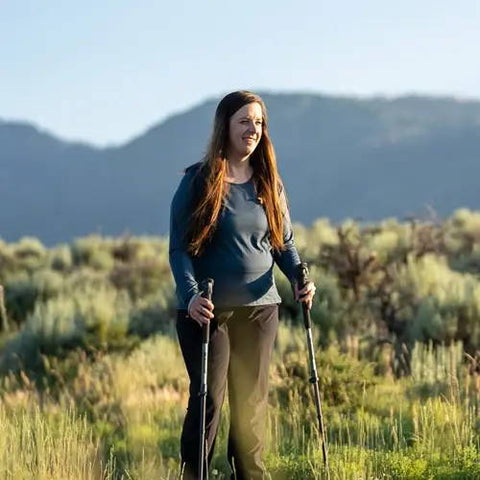1. The Best Protection is Clothing, But Not All Textiles are Equally Effective!
Pants, shirts, and T-shirts make it easy to protect the most exposed parts of the body without even thinking about it. But not all textiles are equally effective: a light cotton T-shirt will let some of the UV through, a tight weave will protect you better than a loose or stretch weave because, when the stitching stretches, it loses its protective power.
A wet garment will also lose its effectiveness, while a loose garment will offer more protection.
And finally, washing will increase cotton’s UPF*! (So it’s important to always wash your clothes before wearing them.)
In addition, it’s still important to apply a layer of sunscreen to your skin. You should ideally wear fabrics certified anti-UV which guarantee optimal protection. The UPF* 40+/50+ label guarantees it meets the European standard: - A UPF* 40+ index means that 97.5% of rays are blocked - 50+ that more than 98% of rays are blocked. *UPF = Ultraviolet Protection Factor. This measurement indicates how much UV radiation is absorbed by a material.
2. Essential: Sun Screen
In the mountains, you need to apply a higher protection factor, and more frequently to avoid sunburn. (You can also use a protective lip balm, as the sun can cause cold sores to appear in sensitive people.)
3. Protect Your Head
A hat with a wide brim or a cap... they’re essential especially to combat sunstroke. Some hats also protect the neck, another very sensitive area (useful if you’re too lazy to apply sunscreen frequently! ).
4. Remember to Protect Your Eyes
You’ll also need sunglasses with protection level 3, or even 4 if you're hiking on snowfields, to complete your equipment. If you don't, you risk developing various complications related to excessive sun exposure. The most common is solar conjunctivitis which, although transient, is very painful.











